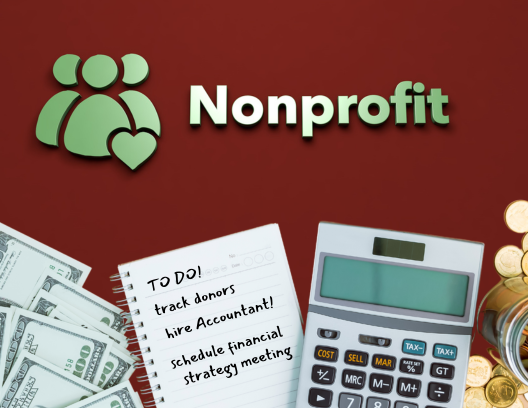The Federal Reserve (Fed) has decided to lower the target range for the federal funds rate by 1/2 percentage point (50 basis points). In a statement, the Fed said that it “has gained greater confidence that inflation is moving sustainably toward 2 percent, and judges that the risks to achieving its employment and inflation goals are roughly in balance.” However, it also noted that the “economic outlook is uncertain, and the Committee is attentive to the risks to both sides of its dual mandate.”
What happens now?
The effects of a rate cut are not always immediate or obvious. Some of the expected changes have already occurred in anticipation of a rate cut, so look for a muted effect in some areas.
The New York Times provided an analysis of what consumers can expect from the lowering of the rate:
- Car loans: These often follow the five-year Treasury note, which is influenced by the Fed’s key rate, says the Times, so it advises consumers to look for more discounts and incentives.
- Credit cards: Look for lower rates, eventually. However, since these rates are generally over 20% percent, so consumers should avoid carrying balances.
- Mortgage rates: The Times notes these rates may not change as much as hoped or expected.
- It noted that rates had fallen to their lowest levels since February 2023. It also noted that rates on 30-year fixed-rate mortgages aren’t directly tied to the Fed’s rate, but rather are tied to the yield on 10-year Treasury bonds, which are influenced by a variety of factors.
- Although the National Association of Realtors (NAR) hasn’t yet issued a statement on the rate cut, it did foretell the change in a September 10th statement. “The expectation of a Fed rate cut typically pushes down long-term rates like the 10-year Treasury yield, which is closely tied to the 30-year fixed mortgage rate,” said the NAR. “This is why mortgage rates tend to decline in anticipation of a Fed rate cut, even before it officially happens.”
How will mortgage rates be affected?
What can we expect for mortgage rates in the coming weeks and months? “This is a very challenging question,” said the NAR. Anticipating the 50-basis-point cut — which is what happened — the NAR said that “mortgage rates could fall to around 5.9% by year’s end.” It pointed out that as of mid-September, mortgage rates were already over 100 basis points lower than they were at the end of May 2024.
How do businesses benefit from a rate cut?
Lower borrowing costs free up cash that businesses can us to reinvest in operations or make capital improvements they’ve been delaying. It makes it easier to increase inventory and make equipment purchases, too. If you run a business and are considering expanding, be sure to consult with your CPA to align you tax strategy with your business strategy and financial projections.
HAVE QUESTIONS?
If you need assistance or have any questions on the information in this article, please call your CironeFriedberg professional. You can reach us by phone at (203) 798-2721 (Bethel), (203) 366-5876 (Shelton), or (203) 359-1100 (Darien) or email us at info@cironefriedberg.com.










